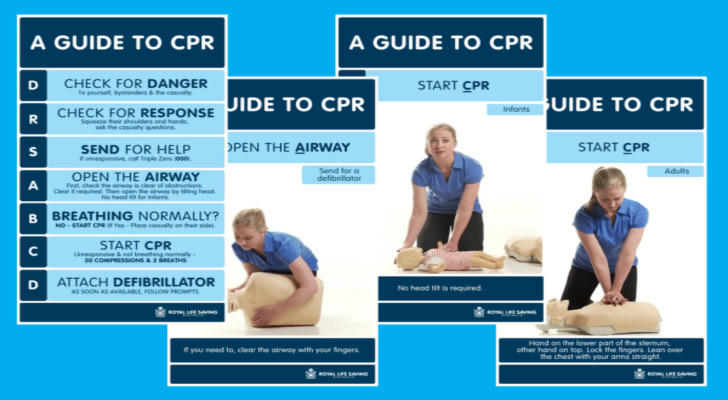How to get CPR certification in the United States?
Discover what CPR certification is, who needs it, and the different types available. Learn about training formats, certification steps, costs, common questions, and real-world success stories. This guide equips you with essential knowledge to confidently obtain and maintain your CPR certification.

Understanding CPR Certification: What It Is and Who Needs It
🔍 What Is CPR Certification?
CPR (Cardiopulmonary Resuscitation) certification is official evidence that you can perform life-saving actions during cardiac or breathing emergencies. Employers in healthcare, childcare, fitness, law enforcement, and aviation often require CPR credentials. In many states, teachers and community volunteers also need this training.
🏢 Why Is It Important?
Life-threatening emergencies can happen anywhere: at work, school, gyms, or even at home. Certification means not just being able to act but being trusted to act—roughly 70% of cardiac arrests happen outside hospitals. With up-to-date CPR skills, you can increase survival rates by double or more.
Exploring Types of CPR Certification: Which One Fits You?
⭐ CPR for the General Public (Heartsaver or Layperson CPR):
Covers basic adult, child, and infant CPR, plus use of an AED (defibrillator). Ideal for parents, teachers, coaches, and everyday citizens.
👶 CPR for Healthcare Providers:
Often called BLS (Basic Life Support), this advanced training includes rescue breathing, AED, and teamwork during emergencies. Required for nurses, doctors, EMTs, and dental staff.
🧒 Pediatric and Childcare CPR:
Tailored for caregivers, babysitters, preschool staff, and camp counselors—focusing on child and infant techniques.
🎓 Tip: Always check with your employer or state board to confirm which certification your job requires.
CPR Training Options: Online vs. In-Person Courses
💻 Online Courses:
Online modules provide step-by-step video lessons and interactive quizzes. Many organizations offer self-paced learning, but skills check (hands-on practice) is still required for most accredited certifications.
🏥 In-Person Classes:
Hands-on classes at community centers, hospitals, and training schools. Includes practical exercises using a CPR manikin for real-time feedback. In cities like Los Angeles, New York, Chicago, and Houston, local training locations are widely available.
📢 Hybrid Options:
Combined learning starts online and finishes with a short hands-on skills session. This flexible format appeals to busy professionals needing certification quickly.
Navigating the CPR Certification Process: From Enrollment to Exam
📝 Step 1: Select the Right Program
Choose a course accredited by recognized organizations—such as the American Heart Association, American Red Cross, or National Safety Council—to ensure acceptance by employers.
🔖 Step 2: Enroll and Complete Training
Sign up online or at a local venue. Bring a valid ID and be ready for both theoretical learning and hands-on practice.
✅ Step 3: Pass the Final Assessment
Certification requires successful completion of a skills test and often a written exam. The practical portion typically involves demonstrating chest compressions, rescue breathing, and AED use on a CPR manikin.
📆 Step 4: Stay Current
Most CPR certifications are valid for 2 years. Recertification often involves a condensed course focusing on updates and skills refreshers.
Costs, FAQs, and Real-Life Benefits of CPR Certification
💲 Typical Costs:
CPR course fees usually range from $45–$100, depending on level and certification provider. Healthcare provider courses can be slightly higher.
❓ FAQ:
How long does it take?
Most courses take 2–4 hours.
Is online-only certification accepted?
Hands-on skill assessment is still required by most employers and organizations.
What if my card expires?
Taking a renewal class restores your certification. Never let it lapse if your job depends on it!
🎁 Biggest Benefit:
Certified individuals have saved lives in schools, gyms, and even airplanes.According to previous data, prompt use of CPR can double the chances of surviving cardiac arrest.
Conclusion: Why CPR Certification Empowers You to Save Lives and Build Confidence
🌟 Learning CPR is one of the most actionable ways to make a difference in your community. Whether required for a job or simply driven by a desire to help, CPR certification boosts your confidence and readiness to respond.
